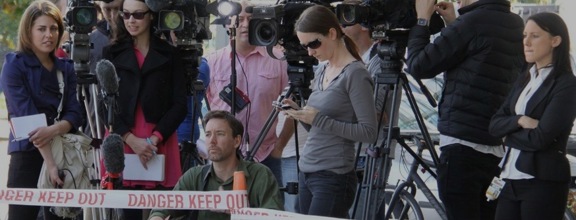

Working together for Waiotahe
More than 6000 native trees and shrubs were planted along the old Waiōtahi Valley Back Road on Friday, June 9 and Saturday, June 10, as part of an ongoing community effort to restore the area and improve the water quality of the Waiōtahe River.
The road, once a key connection before the State Highway was built, was decommissioned six years ago when the bridge over a tributary was no longer useable. It has since become a popular ‘paper road’ for walkers, cyclists and horse riders.
The planting day was organised by Waiōtahe Watercare Catchment Group, with support from Bay of Plenty Regional Council, NZ Landcare Trust, Westpac NZ’s local Agri team and Fonterra’s Farm Source team. It attracted more than 100 volunteers, including students from Nukuhou North and Waiōtahe Valley Schools.
The Waiōtahe Watercare Catchment Group was formed about seven years ago as a way for farmers in the area to get involved in taking care of their own backyard, to improve water quality, address effluent issues and better understand how what they do on the land is contributing to the health of the awa.
Group member Tessa Ranginui, who lives on a neighbouring farm to the back road, says she was so pleased with how the day went, and looks forward to seeing the back road transform over the coming years.
“The catchment group has been working on several projects up and down the awa, and this is our latest one. As well beautifying the area and making it more attractive for the community to use, it will also provide a great eco-corridor by attracting lots of great bird life to the area.
“The turnout today really shows that our community cares about the area by taking care of it for future generations. It’s a brilliant thing to be part of.”
NZ Landcare Trust Bay of Plenty Catchments Groups Coordinator Fran van Alphen supports the Waiōtahe Watercare Catchment Group, and other catchment groups in the region. She plays an important role in helping the groups achieve their goals, supports opportunities for them to learn and share their knowledge on land management best practice, as well as connecting them with other support agencies and relevant funding opportunities.
“Farmers are ridiculously busy and really time poor, but by forming a catchment group we can help them take action. It’s 100% driven by them and what they want to achieve, but we’re here to support them every step of the way.
“One of the benefits of this particular catchment group is that now they are well established is they can nurture the neighbouring Nukuhou Catchment Group, who are in their early stages.”
Sami Fox, Land Management Officer for Bay of Plenty Regional Council, says catchment groups provide a valuable platform for landowners to connect with Council beyond their regulatory relationship.
“While we’ll always have a job to do when it comes to consents and compliance, there is huge value in the collaborative power of catchment groups. It enables us to work together, have open discussions and, together, find solutions.
“We want to help enable landowners to achieve better land management practices on their land and in the local area because this benefits the whole community for generations to come. We find there are lots of keen farmers out there, who want to change behaviours or find more sustainable ways of doing things, but they just need a helping hand.
“Catchment groups are one of the ways they can get the advice and direction they need without adding to their already busy lives.”
For more information on catchment groups, visit NZ Landcare Trust.
ENDS
